Help Students Close Read Iconic Images

Even before the invention of photography, certain images have gained iconic status in human culture. Our history and art textbooks are full of examples and many of them are etched in our memories.
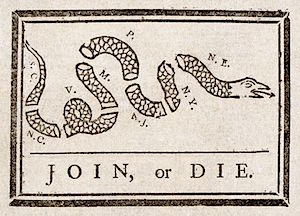
Iconic images in today’s news
I thought about these kinds of images as one photo in particular went “viral” following the unrest in the city of Baltimore last month. Social media were flooded with photos, some taken by news photographers, but many others by people on the streets. One of those images apparently touched a nerve for those who saw it. It shows a young boy, his arms full of water bottles, attempting to hand one to a policeman, wearing riot gear and standing on line.
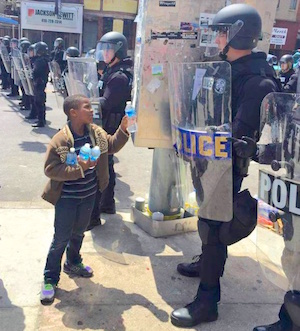
It was “one of the many pictures that I captured today in the midst of helping clean up the city,” Cromartie commented. “It speaks volumes.” The photo went “viral” with tens of thousands of others posting it and commenting on it. (Source)
A good question for media savvy students might be: how does this image make you feel… especially since many other images (of violence) seemed to receive more prominence during the events?
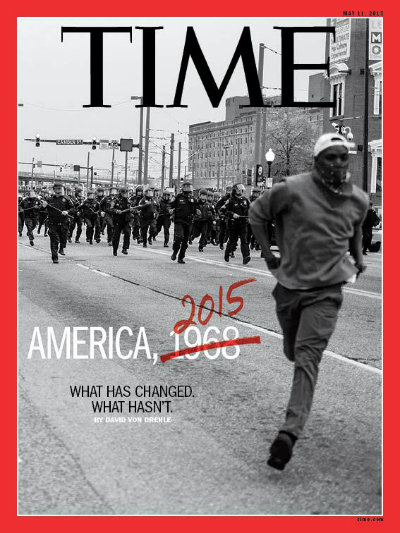
Why do some images become icons?
What makes an image iconic? Is it the composition, the quality, the context…or is it something else?
“I think the most important common denominator is that they strike us on a very deep emotional level, and the emotions are usually some of the deepest emotions that a human being can feel: heroism, fear, grief, joy,” said Peter Howe, whose career has included stints as director of photography at Life magazine and picture editor at The New York Times Magazine. (CNN)
Here are some examples. (There are many more posted on this web page from CNN). As you experience each one again, see if you believe the image meets some or all of the criteria defined by Peter Howe.
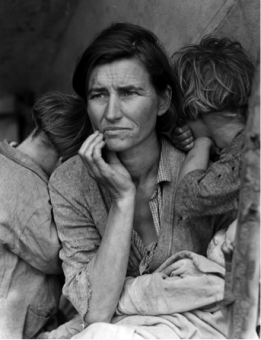
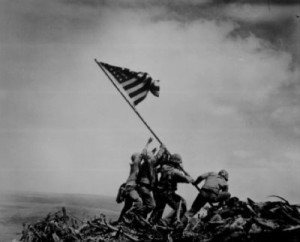
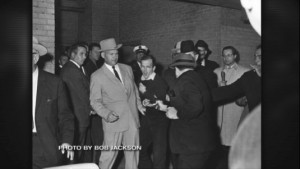
Can your students come up with other, more recent examples? Perhaps from 9-11, the Gulf Oil Spill, the wars in Iraq and Afghanistan, or closer to home? Although they may not remember some images personally, web searches will reveal many curated collections (here’s one example). Another interesting question students might explore is this: How likely is it that a recent, popular social media image will stand the test of time and become truly “iconic”? (There’s no shortage of examples to consider.)
Powerful images, especially those in the news, offer educators another visual literacy “teachable moment” opportunity. These photos are easily accessible because they’re part of our news feeds, our morning newspapers, the weekly news magazines and social media messages. Using these images in instruction also helps meet the Common Core (ELA) standards for “close reading,” “visual literacy” and “informational texts.”
How to read a photograph
I have previously offered advice, here at MiddleWeb, about how to introduce “visual literacy” and close reading of images.
I like to start with a video I recently discovered. “Explain The Image,” produced by The Critical Thinking Consortium, is an excellent introduction for students in how to “read” a photograph. In the video, available here, the host uses a worksheet to help guide students in their interpretation and analysis. You can download the worksheet here. (see page 8 of the pdf document).
Next, I like to present students with a photo without its caption. It could be an image from current news, history or popular culture. Of course students will have no context and in many cases, no prior knowledge. That’s OK. Imagine students are looking at this picture of the Hindenburg disaster. With no caption to read, they are forced to look only at the photo, and to make judgements and inferences.
I like to start with the simple question: “what do you see?” Projecting the image on a SmartBoard or video screen is always helpful, because seeing it projected larger helps reveal details.
This process also helps introduce students to some of the rules of photography. If they’re not already familiar with depth-of-field or the rule-of-thirds (among many others), now would be a good time to introduce these. (An excellent resource is The International Center of Photography’s curriculum.) Your visual arts teacher is another resource for helping you and your students better understand this kind of visual literacy.
Resources for extending student analysis
We’ve all heard the expression “a picture is worth a thousand words.” I believe that photography is closely connected with literacy. Show someone a photo of your family or a picture from a vacation, and invariably you’ll be describing in detail the people or the event or something else meaningful. Telling the story of a picture may spark a thousand words, in fact.

Another weekly resource is “What’s Going On In This Picture”? – a free service that’s part of the New York Times Learning Network.
Finally, I found this blog, Bag News Notes, to be one of the best online. The site is “dedicated to visual politics, media literacy and the analysis of news images.”
Every one of the iconic images I’ve shared here has a story behind it. Your students could investigate the story behind the image. Students can research the photographer and the circumstances surrounding how the image came to become iconic. I also encourage you to think about how you might use memorable images as jumping off points to stimulate your students’ writing in both non-fiction and fiction.
Our students now are constant consumers of visual information. These skills are vital to their critical thinking, problem-solving, and effective citizenship.
Frank W. Baker is a frequent presenter of media literacy at schools, districts and conferences. He is the author of three books, including Media Literacy In the K-12 Classroom (ISTE, 2012). He contributed two chapters to Mastering Media Literacy (Solution Tree, 2014). In November 2013, Frank was a co-recipient of the National Telemedia Council‘s annual Jessie McCanse Award given for individual contributions to the field of media literacy over at least 10 years. Follow him on Twitter @fbaker.

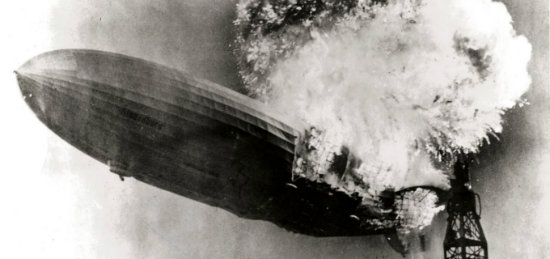






























This is so fantastic! I love, love LOVE it! This will be the focus of my summertime homeschooling for my kids. Thank you!
This is great and very timely!
For a current events connection that explores how deeply emotional iconic images are, Under Armor just pulled a t-shirt that depicted basketball players raising a pole and net in the style of the Iwo Jima photo. Apparently, public complaints over the “Band of Ballers” shirt prompted the move. Instant hook with high student interest. (USA Today story)